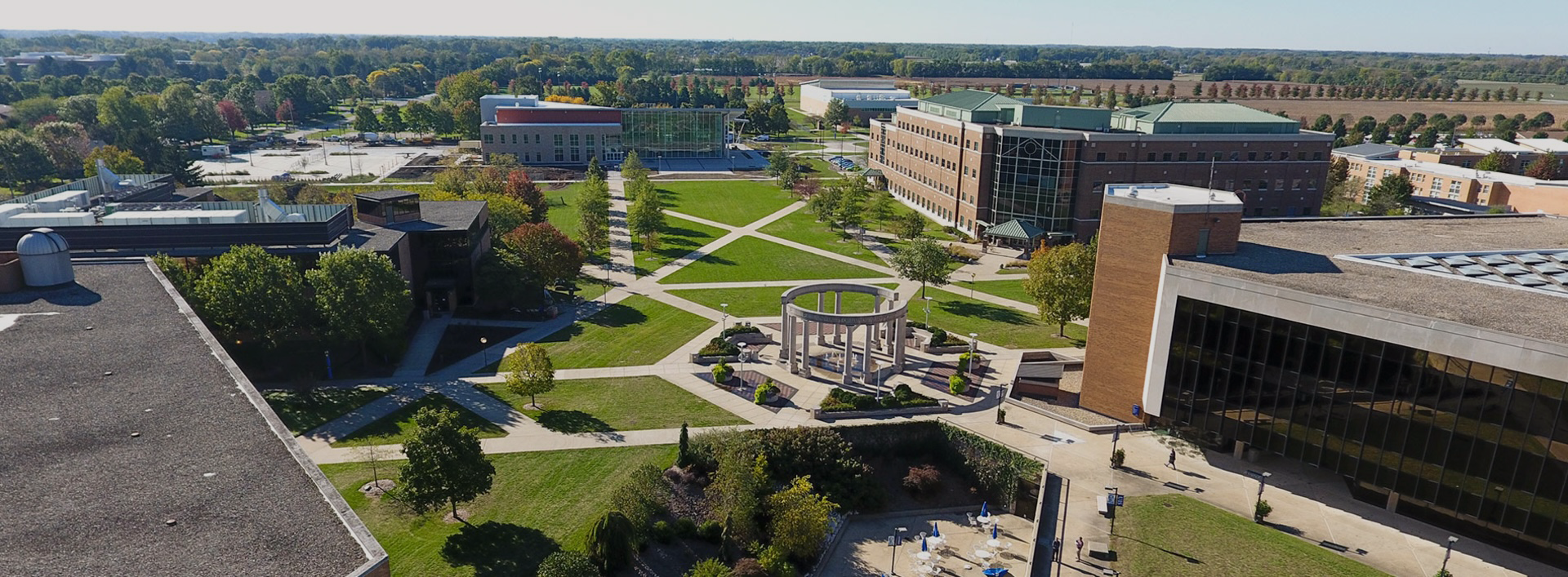Students are provided a controversial topic. Following research, they are assigned a position to debate with other students. Follow up discussion of the debate can critically analyze the performance as well.
Appropriate Content Areas
Although generally used in speech, social sciences, and political science, the debate is appropriate for any topic. It is less often used in fields such as mathematics.
Goals & Objectives
The primary goal of a debate is for students to generate effective critical thinking into primary issues in the given topic. Sample objective statements include:
Through active participation in the debate activity, students will…
- compare and discriminate between ideas x and y,
- verify the value of evidence for concept x or y,
- resolve controversies,
- recognize strengths and weaknesses of arguments,
…as determined by successfully attending to at least 80% of the rubric items for the assignment.
Prerequisites
Students need an adequate reading level as well as enough background or time to develop background knowledge into the concepts being explored to develop effective debate tactics and topics.
Materials and Resources
What needs to be prepared in advance by the teacher? – The instructor should have questions prepared to help guide the debate.
What does the student need to bring to the lesson? – The time and ability to carefully read and analyze the given topics.
Guiding Questions for this Activity
How well can the students prepare and present logical argumentation for topic x or y?
How well can the students discriminate the pros and cons of the concepts x and y?
Activity Outline and Procedure
- First decide if this will be a formal or an informal debate. The formal debate would have more guidelines and clear topics. Informal debates can include exploration of issues where neither side actually takes a side or cases where everyone agrees but some are assigned devil’s advocate roles.
- Once decided, the instructor can provide rules for the debate or they can be chosen by class consensus.
- Students can be provided the topic and then find their own resources, or the instructor can provide a listing of resources pertinent to the topic. They will usually coincide with readings for that unit of materials.
- The actual debate can be synchronous with a required time limit or asynchronous with a requirement to actively post during the debate time (2-3 days). With an asynchronous debate, multiple debates would occur simultaneously.
- During the debate, questions are usually addressed to the debaters with an alternation between who answers first and second. These may coincide with or follow an initial address stating their position.
- Each participant should be given a final statement.
- Following the debate, the instructor can provide feedback on performance. Peer review can also be used.
- Participants in the debate can also write a self-improvement synthesis.
Teaching Strategies
- Guest can be used to facilitate the debate or even provide an expert on one side or both.
- The debate may also be joined with the fishbowl activity to provide additional assignment options.
- Many controversial topics can lead to students with strong feelings one way or another. An environment should be maintained whereby students are respectful of one another. You can also suggest that students argue a topic counter to their personal views so as to address the issues from new viewpoints.
- Encourage non-debaters participation by accepting questions from them.
Accommodations
What accommodations may be needed for students with disabilities or other special needs? These will depend on the nature of the debate. For example, a synchronous debate using a text-based communication tool would require additional time for dyslexic students or those using accommodations for physical disabilities.
Timeline
Anywhere from 10 minutes synchronously to 5 days asynchronously could be provided for the students to develop a background knowledge of the topic and prepare statements and strategies. A follow-up time of 10 minutes synchronously or 2 days asynchronously may be used for additional comments.
Ideas for Activity Evaluation and Teacher Reflection
How did the students like the lesson? End of semester evaluations should ask about the usefulness and learning accomplished through such activities. Both knowledge and performance including such items as congeniality can be measured. Participants in the debate can also write a self-improvement synthesis.
How was student learning verified? An assessment should be performed on the quality of both the initial response by students, and any counter responses. Furthermore, retention of the knowledge should be tested by students ability to build on this knowledge with later units. Peer assessment during the debate can also be performed. The designing online debate site in the additional readings section below includes assessment ideas as well.
Additional Reading and Resources
- Love, S. M. (2004, September). Online debate: A case study combining traditional strategy and online technology.International Journal of Instructional Technology and Distance Learning, 1(9). fromhttp://www.itdl.org/Journal/Sep_04/article06.htm
- Wikipedia (2011). Argumentation theory. from http://en.wikipedia.org/wiki/Argumentation_theory
